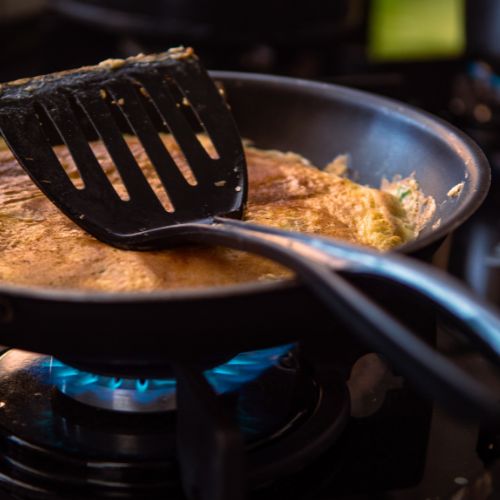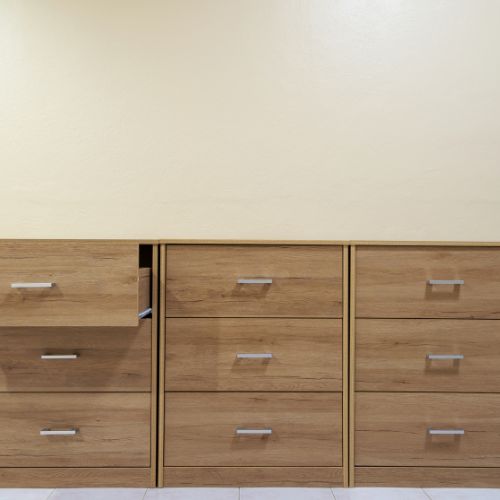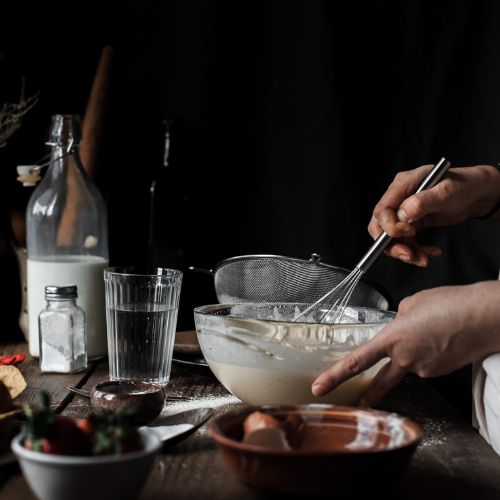How to Dementia Proof Your Kitchen
Caring for a loved one with dementia can be challenging, especially when it comes to ensuring their safety and well-being. The kitchen is one of the most important areas in the house to be dementia-proof, as it can be a source of potential danger for someone with cognitive impairment.
From sharp objects and hot surfaces to potentially poisonous substances, the kitchen presents numerous risks that can cause harm to a person with dementia. Let’s discuss some tips and tricks to help you dementia-proof your kitchen and create a safe and comfortable environment for your loved one.
Identify and Minimize Risks
The first step in dementia-proofing your kitchen is to identify potential risks and hazards. Walk through your kitchen and assess all areas for potential dangers. This may include:
1. Sharp objects
Knives, scissors, and other sharp objects should be stored in a secure, locked cabinet or drawer. Consider using blunt knives or kitchen tools with rounded edges to reduce the risk of injury.
2. Hot surfaces

Appliances like ovens and stovetops can pose a danger to someone with dementia. Consider installing stove guards or heat-resistant shields to prevent burns and other injuries.
3. Poisonous substances
Cleaning supplies, pesticides, and other chemicals should be stored out of reach and in a locked cabinet. Consider using natural cleaning products or removing toxic substances altogether.
4. Unsafe areas
Identify areas that may be unsafe for someone with dementia to access, such as the pantry or storage areas. Consider using childproof locks to restrict access to these areas.
Create a Safe and Accessible Environment
In addition to minimizing risks, it’s important to create a safe and accessible environment for your loved one. This may include:
1. Adjusting countertops
Ensure that countertops are at a comfortable height for your loved one to use. Consider installing pull-out cutting boards or adjustable countertops to make food preparation easier.
2. Organizing cabinets

Organize cabinets and drawers so that frequently used items are easily accessible. Consider using color-coded labels or pictures to help your loved one find what they need.
3. Improving lighting

Make sure that your kitchen is well-lit to reduce the risk of falls or other accidents. Consider using motion-sensor lights or installing under-cabinet lighting to improve visibility.
4. Reducing clutter
Remove any unnecessary items from your kitchen to reduce clutter and make it easier for your loved one to navigate.
Make Cooking Safe and Simple
Cooking can be a source of joy and independence for someone with dementia, but it’s important to ensure that it is done safely. Some tips to make cooking safe and simple include:
1. Using simple recipes

Stick to simple recipes with few ingredients to make cooking easier. Consider using pre-chopped or pre-measured ingredients to simplify the process even further.
2. Supervising cooking
Keep an eye on your loved one while they are cooking to ensure that they are doing so safely. Consider using a timer or alarm to remind them when food is ready or needs to be checked.
3. Providing assistance
Offer assistance with tasks like opening jars or turning on appliances to ensure that your loved one can cook safely.
Real-life example:
Janet’s husband, John, had been diagnosed with dementia and she was concerned about his safety in the kitchen. She began by identifying potential risks, such as the sharp knives and hot stovetop. Janet purchased a set of blunt knives and installed stove guards to prevent John from accidentally touching the hot surfaces.
She also organized the kitchen so that frequently used items were easily accessible, and removed any unnecessary clutter. Janet worked with John to create a set of simple recipes that he could follow and assisted when necessary. Together, they were able to create a safe and enjoyable cooking experience for John.
Conclusion
Dementia-proofing your kitchen is essential for ensuring the safety and well-being of your loved one with dementia. By implementing the tips and tricks outlined in this article, you can create a safe and functional kitchen environment that supports their independence and minimizes the risk of accidents and injuries.
Remember to prioritize organization, accessibility, and simplicity when making changes to your kitchen, and to always consult with your loved one to ensure their preferences and needs are being met.
With a little planning and effort, you can create a kitchen that is not only dementia-friendly but also a comfortable and enjoyable space for you and your loved one to spend time together.

